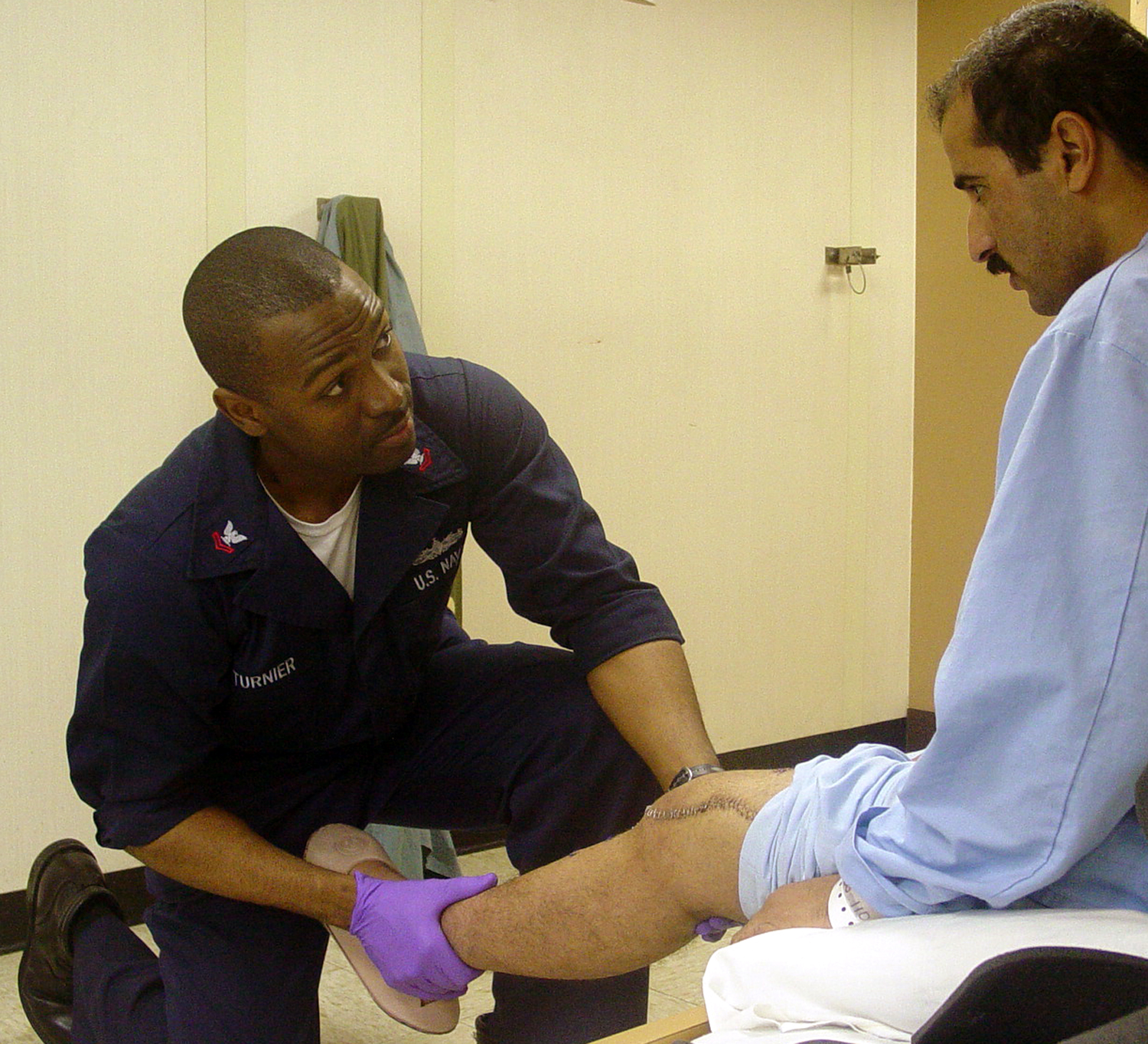 If you have recently been injured and undergone surgery for treatment, engaging in sports and other physical activities with a limited range of motion can increase the risk of re-injury and can have negative effects on your performance. Health specialists and physical therapists, therefore, would be unequivocal about restoring range of motion through rehabilitation or physical therapy.
If you have recently been injured and undergone surgery for treatment, engaging in sports and other physical activities with a limited range of motion can increase the risk of re-injury and can have negative effects on your performance. Health specialists and physical therapists, therefore, would be unequivocal about restoring range of motion through rehabilitation or physical therapy.
Range of motion or ROM pertains to the normal degrees of motion for a particular joint. For instance,a joint like the shoulder is complex and moves in every movement plane; the elbow, on the other hand, is simpler since it either bends or straightens the way it is supposed to do. If there is nothing wrong with a body part’s range of motion, it means that the joint is moving the way it was designed to.
Aside from the injury and surgery, there are other factors that can restrict your range of motion. These include swelling, weak muscles, scar tissue, torn tissue, and a form of bony abnormality.
Specialists in physical therapy Upper East Side athletes with injuries trust say that restoring range of motion is crucial in the therapy process, in returning to sports, and in reducing the risk of future injury. For instance, if a joint is incapableof moving properly, a patient will experience tightness, swelling, and weakness in the muscles. He or she will also be exposed to an increased risk of re-injury.
There are two types of range of motion exercises: active and passive. Active range of motion exercises are those the patient performs while a physical therapist or another specialist supervises to ensure that these are done properly. They usually involve moving each joint through its complete range of motion and they are designed to increase muscle strength and prevent joint problems and contractures from developing.
Passive range of motion exercises, on the other hand, are performed for patients by a physical therapist or nurse. These exercises, usually performed on immobilized patients, also involve moving each joint through its complete range of motion. A patient’s muscle strength is neither maintained nor increased under this type of ROM exercises since the muscles do not contract.
There is no doubt that improving range of motion, especially following surgery or with a very swollen joint, can be a painful process. Injured athletes will usually abstain from pushing through the pain with this specific limitation. However, physical therapists say that it is during this time that injured athletes need to push hard. If your doctor and therapist are emphasizing range of motion exercises to be part of your treatment, it is best to heed their recommendation. Attend every physical therapy session and do not be tempted to skip parts of your home exercise program, even the ones that hurt the most.














